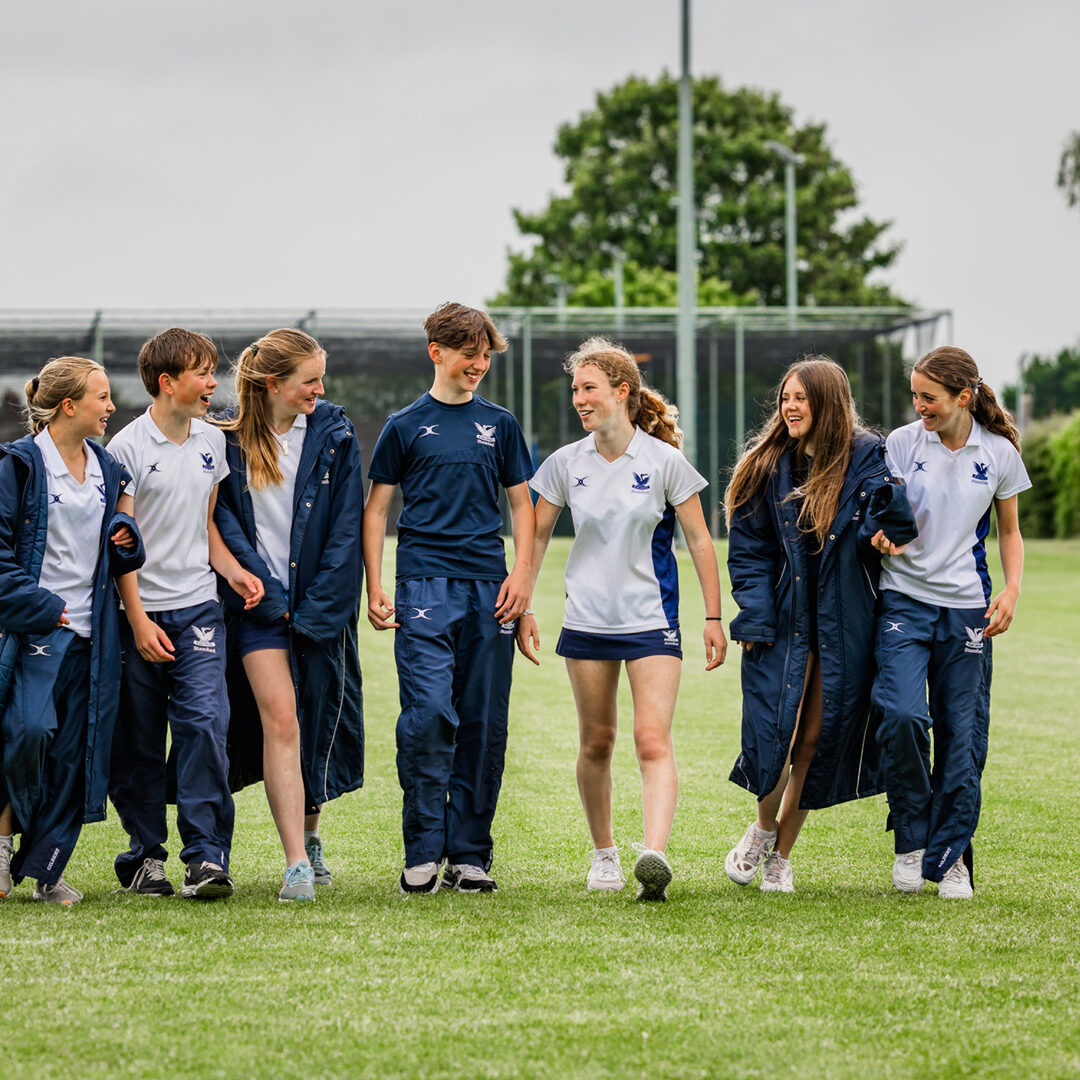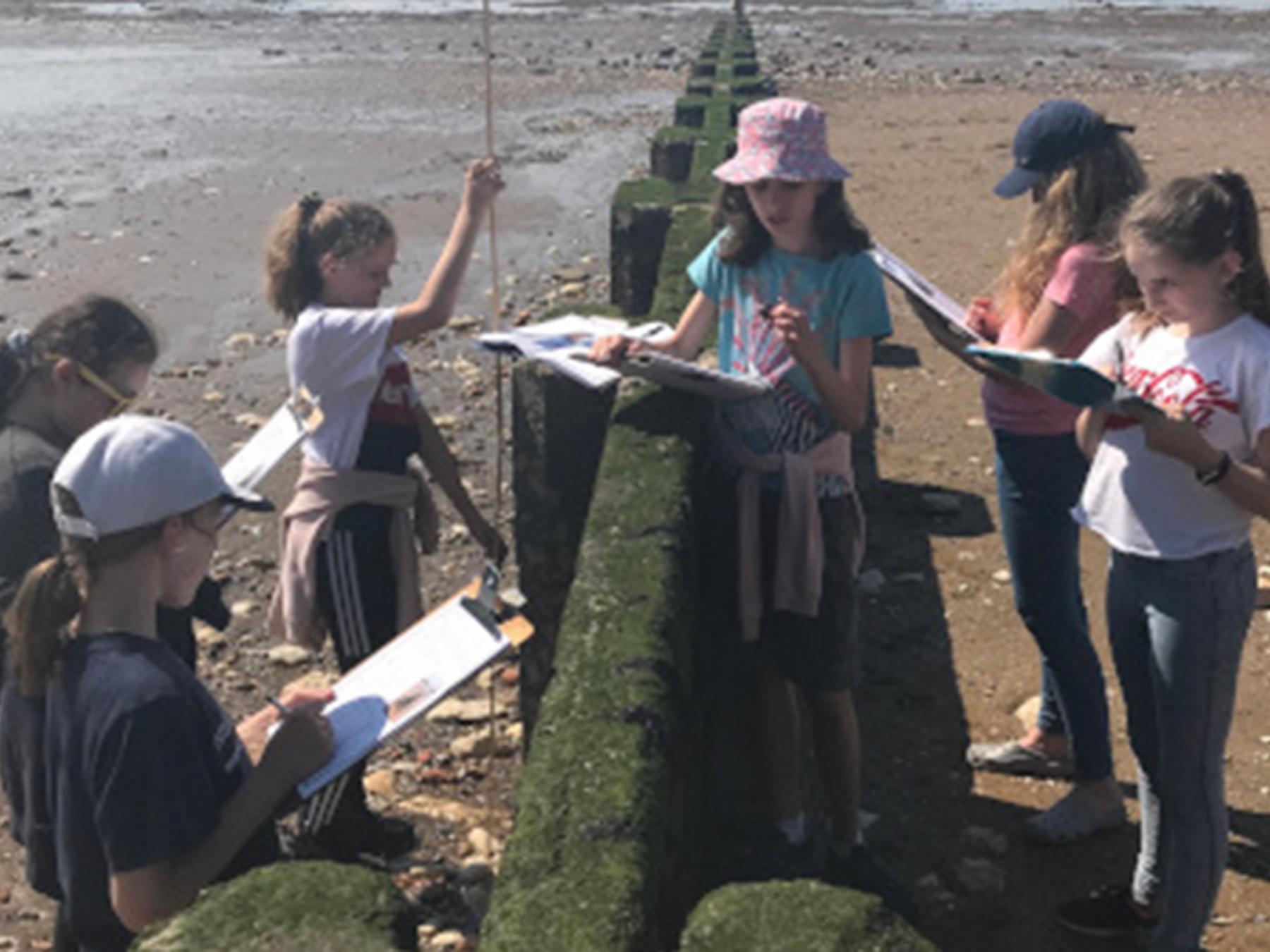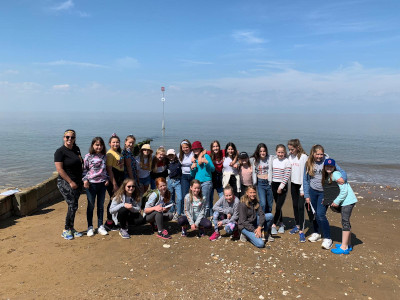
Applications now open for September 2026
Applications are now open for September 2026 entry for:
• Junior School
• Year 7
• Year 12 Sixth Form
Our Year 7 entrance exam takes place on 10 January 2026, secure your space now.

Applications are now open for September 2026 entry for:
• Junior School
• Year 7
• Year 12 Sixth Form
Our Year 7 entrance exam takes place on 10 January 2026, secure your space now.
Press Enter to search or ESC to close
Thursday 13th June 2019

On Thursday 23rd May Stamford High School Year 7 geography students visited Hunstanton and were given four mysteries to solve as the explored the coastline.
Year 7 student Harriet has written the following report about the field trip:
“For Mystery 1, in our previous lesson we had discussed why we thought Michael had put rocks at the base of the cliff, and whilst on the trip some of the Year 7s were lucky enough to spot Michael in action! We predicted the reason he did this was to prevent coastal erosion. Our investigation involved using vinegar to represent sea water and bottled water and then measuring the pH level of both liquids. The Hunstanton cliffs consist of boulder clay, chalk and red chalk and by placing a piece of each into some vinegar, we were able to decipher which one dissolved the quickest. The boulder clay dissolved the quickest which explains why Michael put rocks at the base of the cliff to try and stop coastal erosion as he wanted to protect the soft rock at the bottom.
For Mystery 2 we were tasked with writing our predictions for possible outcomes. We looked at the different sea defences and coastal management that have been built over the years which included a sea wall and groynes. The sea wall was built from thick concrete ensuring that it was strong enough to hold back the waves. The groynes were made of either concrete or wood. In our groups, we considered what materials each was made out of and also what was the most effective defence method. We measured the sand height either side of the groynes, both north and south and we found that the sand was piled higher on one side caused by longshore drift. From our findings, we could confidently say that Mrs Goggins does not need to be worried about coastal erosion because the sea defences are there to protect her.

To solve the third mystery, we collected some seawater and poured it through filter paper, and watched as the sand and mud filtered through. As the process was occurring, we were asked to describe the waves and how the sea moved that day. For the second experiment, we launched oranges into the sea to determine which direction and how far they would travel. After a few minutes, someone from each group measured the distance it had travelled using a tape measure. The results showed that whichever direction the orange travelled in; was the same direction the sea was flowing in as dictated by the direction of the wind; this is a process called longshore drift.
The final mystery was to investigate why Mrs Buckman chose to go to Hunstanton for her summer holiday this year. We had to decide which attractions and amenities were aimed at tourists and which were for the locals. We carried out a survey documenting the available services: local, tourist or other shops. We concluded that Mrs Buckman may have chosen to go there because of the incredible attractions and activities on offer.
Overall, we all had an amazing day at Hunstanton and got a better view on why sea defences are important, how cliffs are protected, what longshore drift is and what life is like in Hunstanton. We think this was a great way to get a better understanding of the sea and how we can protect it. Thank you to Mr Smith, the Geography Department and the Year 7 tutors for organising the trip.”